The Bengali Kheyal Story – GetBengal story
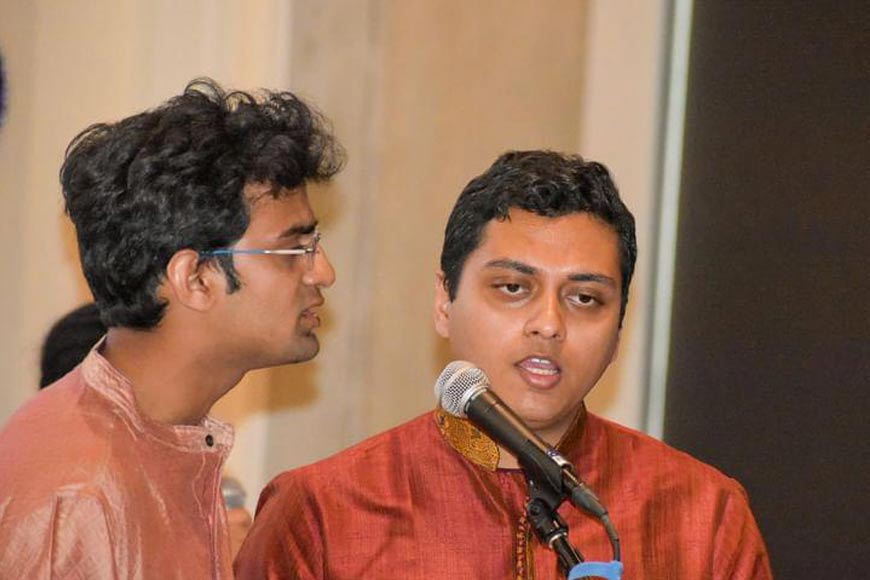
In the bustling academic milieu of the University of Chicago, amidst the plethora of cultural clubs that dot its landscape, one club stands out for its fervent dedication to preserving and promoting the rich tapestry of Bengali culture. Kheyal is a club that carries the ethos of Bengali heritage and culture and has emerged as a vibrant community beyond the borders of India.
At the University of Chicago, the Kheyal Club orchestrates a series of vibrant programmes meticulously curated to honour various Bengali festivals. With a keen eye for detail, they infuse each event with the essence of seasonal festivities, transforming their venues into immersive cultural experiences. Within this dynamic environment, participants are encouraged to express themselves freely through performance, fostering an inclusive atmosphere where diversity thrives.
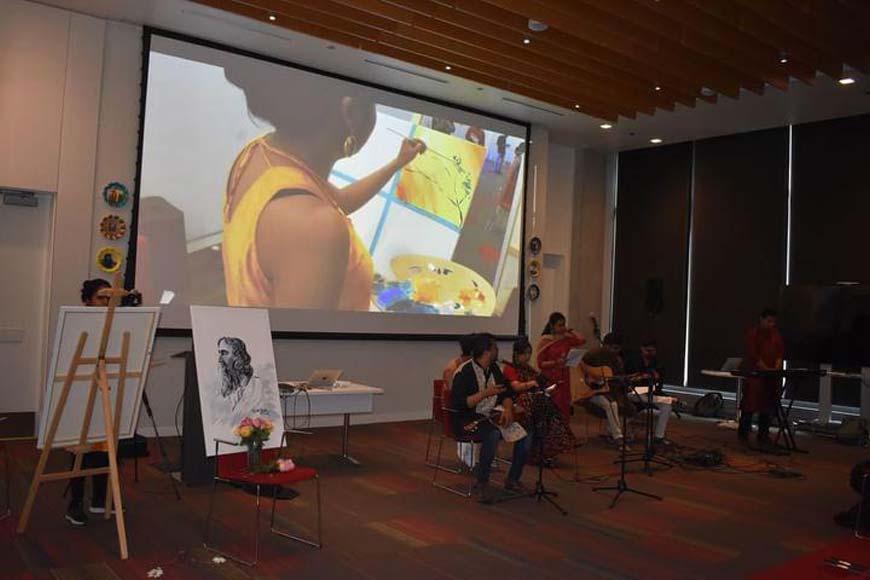
However, amidst the kaleidoscope of cultural expressions, the distinctive tapestry of Bengali heritage often finds itself overshadowed by the more prominently celebrated traditions of North and South India. In the global narrative of Indian culture, delicacies like 'naan bread' and 'chicken tikka masala' frequently monopolise the spotlight, inadvertently eclipsing the rich culinary and artistic heritage of Bengal. While these culinary delights undoubtedly hold significance within the broader spectrum of Indian cuisine, they represent merely a fraction of the multifaceted gastronomic landscape of the Indian subcontinent.
In the vibrant tapestry of cultural clubs that adorn the University of Chicago's landscape, Kheyal stands singularly as a bastion of Bengali cultural celebration. There are many clubs that celebrate festivals in different parts of India and other countries, but not in West Bengal. “We are the only ones celebrating Bengali culture,” Kuntal Ghosh, a core member, proclaims proudly while speaking to GB.
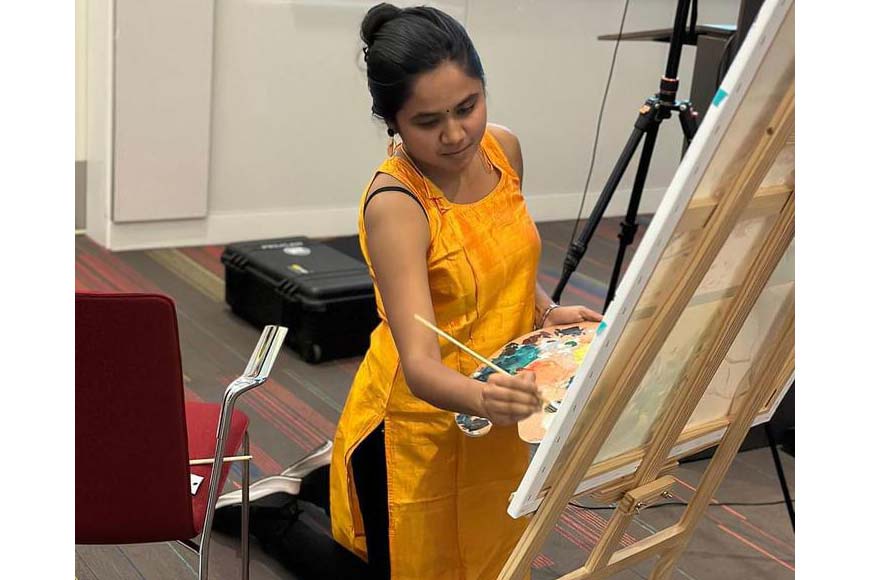
It is truly strange how fluid cultures are. They seem to blend together and become something entirely different. Sometimes cultures are even appropriated, which oftentimes more than not distorts meaning. Kheyal aims at preserving the rich cultural diversity of Bengal and portraying its various forms of art and culture through performances and programmes.
The idea of Kheyal was conceived last year.It was initially started by Soumik Ghosh, Aabesh Bhattacharya, Anchita Addhya, and Tamsuk Paul. From there, it has grown a lot over the course of a year. They have now been registered as a student community at the University of Chicago. They started their first ever performance on Poila Baisakh. “This is a great way to start a new beginning for Bengalis at the University of Chicago. Everyone celebrates the British New Year on January 1st, but rarely does anyone do the same for Poila Baisakh, and the core members are serious about celebrating Bengali culture,” they added.
For Poila Baisakh, a meet-and-greet session took place, with almost each core member performing their talents. Shreyasi Roy, a core member, performed “Dekhecho Ki Taake," a beautiful Bengali song accompanied by piano sounds. Sandhika Srijani Taniya performed Baul Sangeet, a very old form of Bengali folk music from the lands of Birbhum. Kheyal also celebrates other Bengali festivals, such as Durga Puja, Rabindra Jayanti, etc. While they celebrate such festivals, they are not limited to accepting performances by just Bengalis. It is open to everyone who is interested in taking part in the festivities and performing.
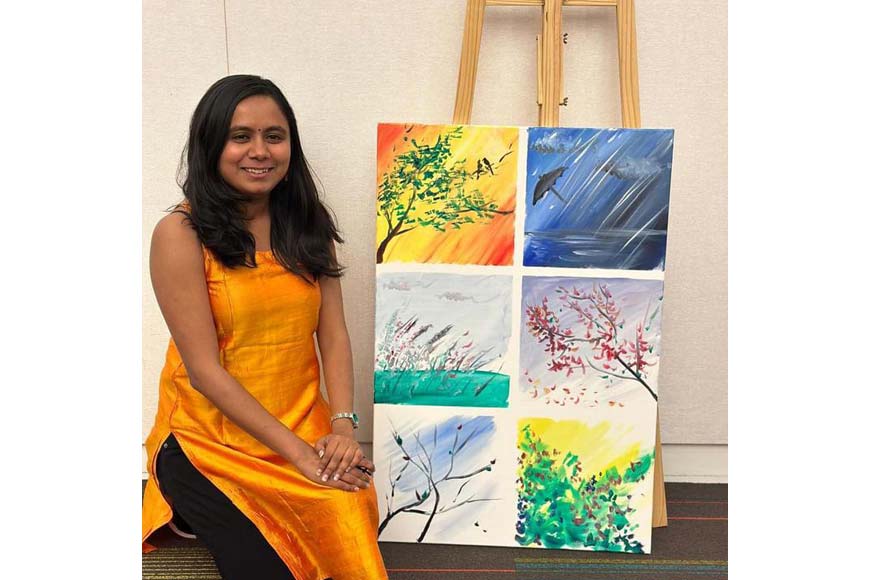
They try to organise programmes for as many festivals and celebrations as possible to not only celebrate them but also increase awareness about the culture and educate people. The performances also teach the next generation, who are being born and brought up abroad. “Our performances are unique too. It is not limited to Rabindrasangeet but embraces the wider Indian culture too. For Basant Utsav at the University of Chicago, many performed Kathak, classical dances, and even enacted dramas based on their own interpretation. This goes to show that Bengali culture and Indian culture are not mutually exclusive. They coexist harmoniously together and must be embraced as such.”
“We decorate according to the themes of the festivals,” Sulagna Ghosh explained. They try to maintain the themes of festivals while decorating for the programs. For example, during Durga Puja, they hung the usual decorations of a pandal in Bengal, with its pretty lights and the face of Maa Durga complete with her classical three eyes, nath, and red lips.
This year, for Rabindra Jayanti, they had a very unique performance. There was live painting on stage, and the paintings were based on songs that talk about various seasons. Singers sang the songs while a painter simultaneously painted a scene reminiscent of the season that the song talked about. For example, if the song was about the season of spring, the scene painted would depict spring with its vibrant colours and flowers. If the song sang about Durga Puja, the painting would depict Ma Durga’s arrival or the famous ‘kash’ flowers of that season.
The one who painted live was Anchita Addhya, a graduate student at the University of Chicago studying molecular engineering. She is a core member of the association and is very involved in it. She used her artistic skills to ‘paint’ songs performed on stage. The songs that she painted are “Tumi Sondharo Meghomala," “Tumi Robe Nirobe," “Himero Raate," “Amar Raat Pohalo,” and Daruno Agnibane Re.”.
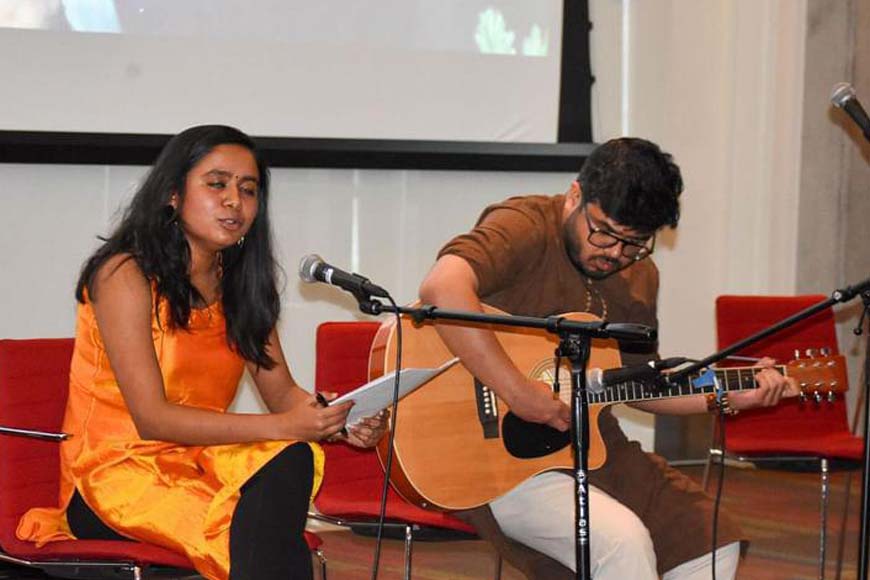
They had even organised a Basant Utsav for 2024 to provide warmth from the chill of Chicago and remember the warm season in Kolkata. This was their first-ever Basant Utsav. The cultural aspect of this festival takes precedence over the ritualistic aspect of it. There were even alpona decorations put up to celebrate the onset of spring. All decorations were made by hand by the core members. “We had a lot of fun organising it,” Soumik Ghosh said.
They do programmes on various Bengali festivals and maintain the themes of seasonal festivals while decorating the venues. Everyone is free to perform, and the core members work hard to spread knowledge about the culture as well as celebrate its uniqueness, remembering their roots.











